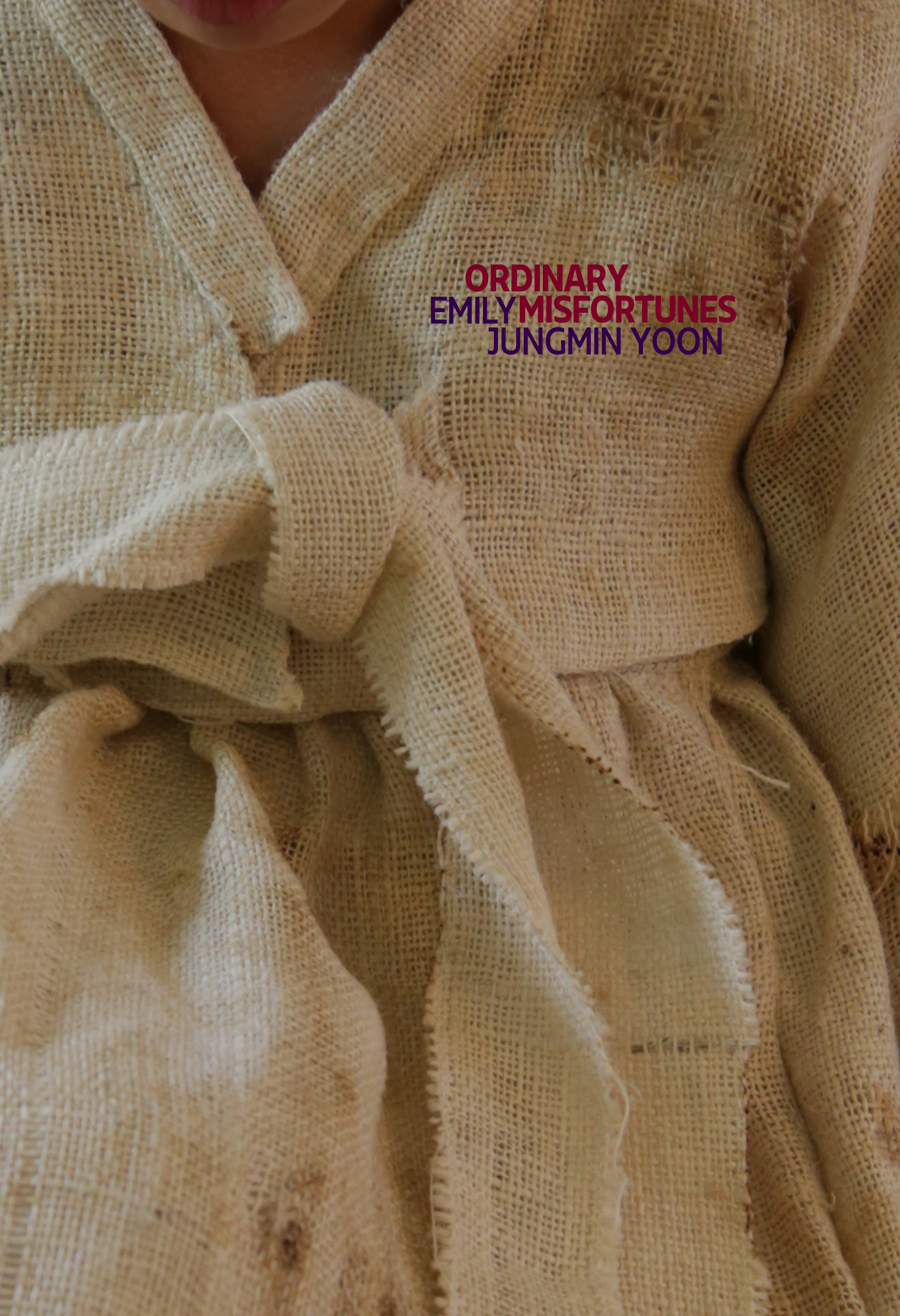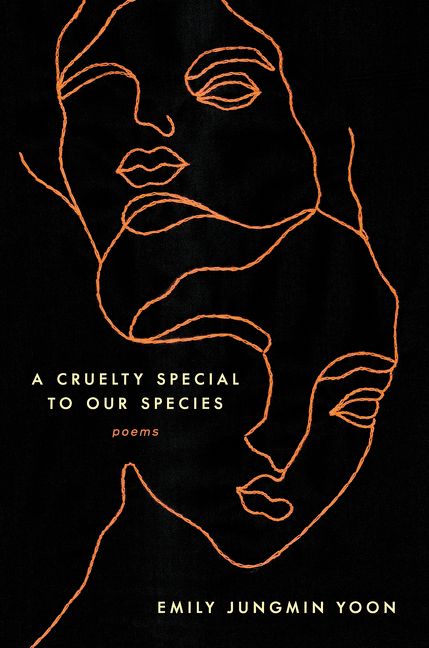A Review of Axie Oh’s Rogue Heart (Tu Books, 2019)
By Stephen Hong Sohn 
This book has been on my to-read list pretty much since it was listed last year. Unfortunately, my work and personal life blew up this fall. I basically haven’t been reading new Asian American literature with any regularity for the past three months. I’ve picked up two or three books simultaneously that I’m working through (one of the others right now is Kamila Shamsie’s Home Fire, which I’m about 50% of the way through and also loving), and Rogue Heart is the first I’ve finished in a while. It feels good. It reminds me of why I started reading Asian American lit (broadly defined) in the first place. You get these wildly imaginative, politically engaged, and creatively rich fictional worlds.
Let’s let the official site get us started with a description: “Neo Beijing, 2201. Two years after the Battle of Neo Seoul, eighteen-year-old telepath Ama works in a cafe by day and moonlights as a lounge singer in a smoky bar at night. She's anonymous, she's safe from the seemingly never-ending war, and that's how she'd like to stay. But then PHNX, a resistance group specializing in espionage, approaches her with an offer to expose a government experiment exactly like the one she fled. Soon, Ama is traveling with PHNX on a series of dangerous missions, using her telepathic powers to aid the rebellion against the authoritarian Alliance. As the war ramps up, PHNX is given its most dangerous mission yet: to infiltrate the base of the Alliance's new war commander, a young man rumored to have no fear of death. But when Ama sees the commander for the first time, she discovers his identity: Alex Kim, the boy she once loved. The boy who betrayed her. Now, Ama must use her telepathic abilities to pose as an officer in Alex's elite guard, manipulating his mind so that he doesn't recognize her. As the final battle approaches, Ama struggles with her mission and her feelings for Alex. Will she be able to carry out her task? Or will she give up everything for Alex again--only to be betrayed once more?”
So, Oh knows the genre of the YA paranormal romance, but what I adored about Oh’s work is that she shifted the narrative perspective from the first book in the series to a different character. The first in the series Rebel Seoul followed Jaewon, a reluctant but plucky heroic figure who was climbing the ranks of the Neo Seoul military ladder. The second now shifts the narrative perspective to Ama, one of the enhanced super soldiers who was created in an experimental project; she was only one of three to survive those experiments, which took orphans and other children and used them for the possibility of these genetic innovations that could produce the perfect fighting machine. Of the surviving super soldiers, I found Ama the most interesting: she wasn’t the strongest or had the flashiest powers: she was a telepath and illusionist and had to use these powers to manipulate rather than force her way to win battles.
In terms of the genre conceits, Ama starts off the novel as a seemingly regular teen in Neo Beijing, but she harbors a secret, which she will have to unveil over the course of the novel. While she could continue to run from the authorities that want to exploit her or fear her for her powers (and want to kill her), Ama decides to put her powers to a productive use. In this sense, the generic aspects can be fulfilled through its quest plot, as Ama must help work for the resistance fighters who are working against the Alliance, which functions in this case as a kind of Empire. In this regard, the rebels are attempting to wrest control from a governmental system that seems to be intent upon conquest.
Of course, the other generic element to fulfill is the romance plot. Here, Oh carries over the starcrossed romance between Alex and Ama and explores its ends in this particular novel. When Ama goes undercover as an Alliance soldier, she must maintain an illusion that she’s someone else, all the while falling in love all over again with Alex, the man who broke her heart. The bind is real: how can Ama manage to save Alex’s life when she’s simultaneously taking down the Alliance, the very political system that Alex is fighting for? If you want the answers, then you’ll have to read Oh’s spirited companion novel. You’ll be transported. The K-Drama elements are still there, and the god machines are still there, so there’s a little bit for everyone. Dive on in, the genre waters are warm and pleasant.
Buy the Book Here.
Review Author: Stephen Hong Sohn
Review Editor: Gnei Soraya Zarook
If you have any questions or want us to consider your book for review, please don’t hesitate to contact us via email!
Prof. Stephen Hong Sohn at ssohnucr@gmail.com
Gnei Soraya Zarook, PhD Student in English, at gzaro001@ucr.edu












